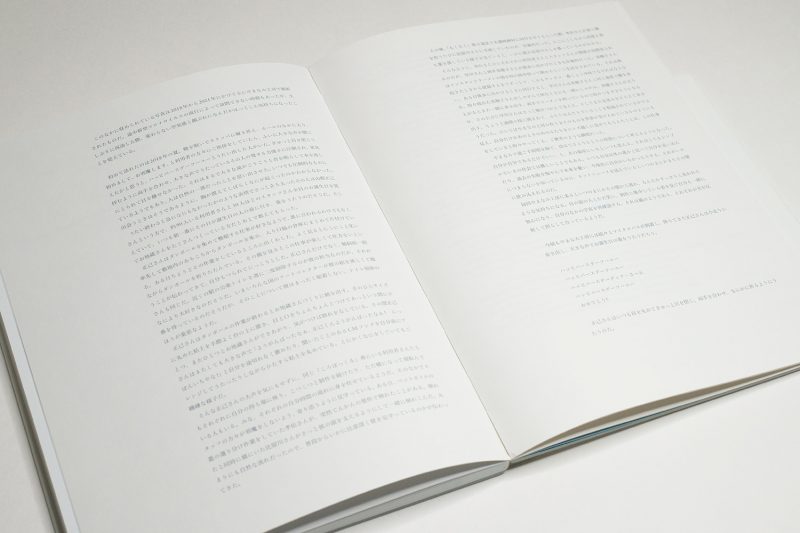How does one go about writing about one’s photography? Few photographers seem to know. As a consequence, I often find that project statements or the blurbs that come with press releases of photobooks are quite bad. Having followed this particular aspect of photography for a while, I think that it’s a combination of factors that is responsible for the rather sad state of affairs.
To begin with, I don’t think writing about photography is taught to an extent that is truly necessary. For the most part, the general idea appears to be that writing about one’s work is one of those things you (have to) do when everything else is done. That’s a really bad approach, though. If what you write about your work basically is little more than an afterthought, then it’s probably not surprising that the outcomes often are so bad.
In my own teaching (and art making), photography plays out in an iterative fashion. As new photographs are made, they are looked at in a critical fashion. That’s an extremely important aspect of being a photographer: you have to be exposed to your own work. You need to be able to pick up on the possibly many threads that are playing out in the pictures. At the same time, you have to be careful not to get in the way of your own photographic discovery. But typically, that’s not a problem caused by looking carefully (in my experience as a teacher, it appears to arise from the exact opposite).
With this approach, photographing becomes an iterative process: as you take more and more pictures, your careful looking at them guides you and helps you to develop the work. Whatever your project might be slowly takes shape, and you allow yourself to be guided by your own photographs. As you gain more and more clarity, expressing what the work is doing is a vital part of this process. I typically advise photographers I work with to keep a notebook to write down ideas, thoughts, etc. The project statement then emerges from this process. Creating it is as much part of the process as photographing. The clarity that comes out of engaging with one’s work fuels the process of putting together the final statement. Photographing, editing, writing — approached this way, they’re all part of the same process.
A lack of training cannot be the only explanation for the rather unfortunate state of photographers writing about their work, though. Often, project statements or descriptions read as if they had been written for effect. Instead of using the opportunity to fully showcase their own artistic sensibility, there’s a tendency towards writing something that seems only dedicated to making curators and gallerists happy. Consequently, the language often manages to combine pomposity and a huge distance from the work in question. Those types of statements are not only painful to read, they also severely undercut the work they are supposed to serve. They are a huge missed opportunity.
Of course, there’s the art-speak aspect of it all. For example, I have lost track of the number of photographers who somehow find themselves in some “liminal space” or who are dealing with “liminality”. Even worse, almost every photographers appears to be “exploring” something — as if taking photographs and putting them together had magically something to do with, say, Jacques Cousteau diving in the deep seas or a Mars rover rolling across that planet. All hail to the intrepid explorers of photoland, boldly going into all the liminal spaces where nobody has gone before!
But how does one go about writing about one’s pictures? It might help to look at examples that are really well done. So let’s do that.
To read the rest of the article, please subscribe to my Patreon. In addition to getting access to the full piece the existing Patreon archive will become accessible (articles and photobook videos).
Much like journalism, photography criticism involves a huge investment of time and resources. When you become a subscriber, you not only get access to more of my work. You will also help me produce it (including the free content on this site).
Thank you for your support!
